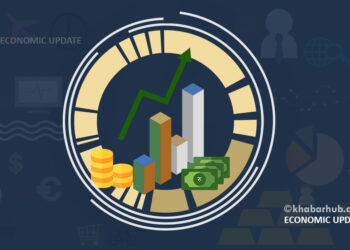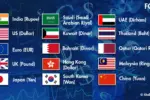Gold prices climbed above Rs 71,000 in Nepal( $1,500 in the international market) mark to six-year highs this month.
The spot gold price rose as high as $1,526.95 per troy ounce last week, reaching a level not reached since April 2013. On Tuesday, gold was up 0.82 percent at $1,508 per ounce, with rates in Dubai at Dh181 per gram of 24-carat gold.
Gold is expected to increase further in the coming days due to fears of a global recession, or at least a slowdown in economies worldwide.
Why is the price of gold so high right now?
A number of factors are influencing gold prices currently, including the trade war between the US and China, increasing tensions in the Arabian Gulf’s Strait of Hormuz, Britain’s potential exit from the European Union and other threats to global trade. Sluggish economies in many countries are also leading central banks to cut interest rates, weakening major currencies and creating more demand for the yellow metal.
“Gold is considered a safe haven as an asset due to uncertainty in the market. People are investing in gold, leading to higher prices,” said traders.
It is also rising due to record-breaking purchases by the central banks.
A report by the World Gold Council this month said that in the first half of this year central banks bought 374.1 tonnes of gold – a 57 percent year-on-year increase and the highest amount since exchequers became net buyers of gold in 2010.
The gold rally has, despite general stock market weakness, been fuelling strong gains among gold mining stocks. The GDX ETF (exchange-traded fund), which tracks major gold mining companies has rallied 37 percent year-to-date and 13.5 percent in this quarter alone.
How is gold priced?
In the international market, the price of gold is determined by the forces of demand and supply. Higher demand leads to higher prices and vice versa. Currently, demand is very high, leading to a spike in prices. Gold has increased in value by 18 percent since the start of the year.
(with inputs from The National)









Comment